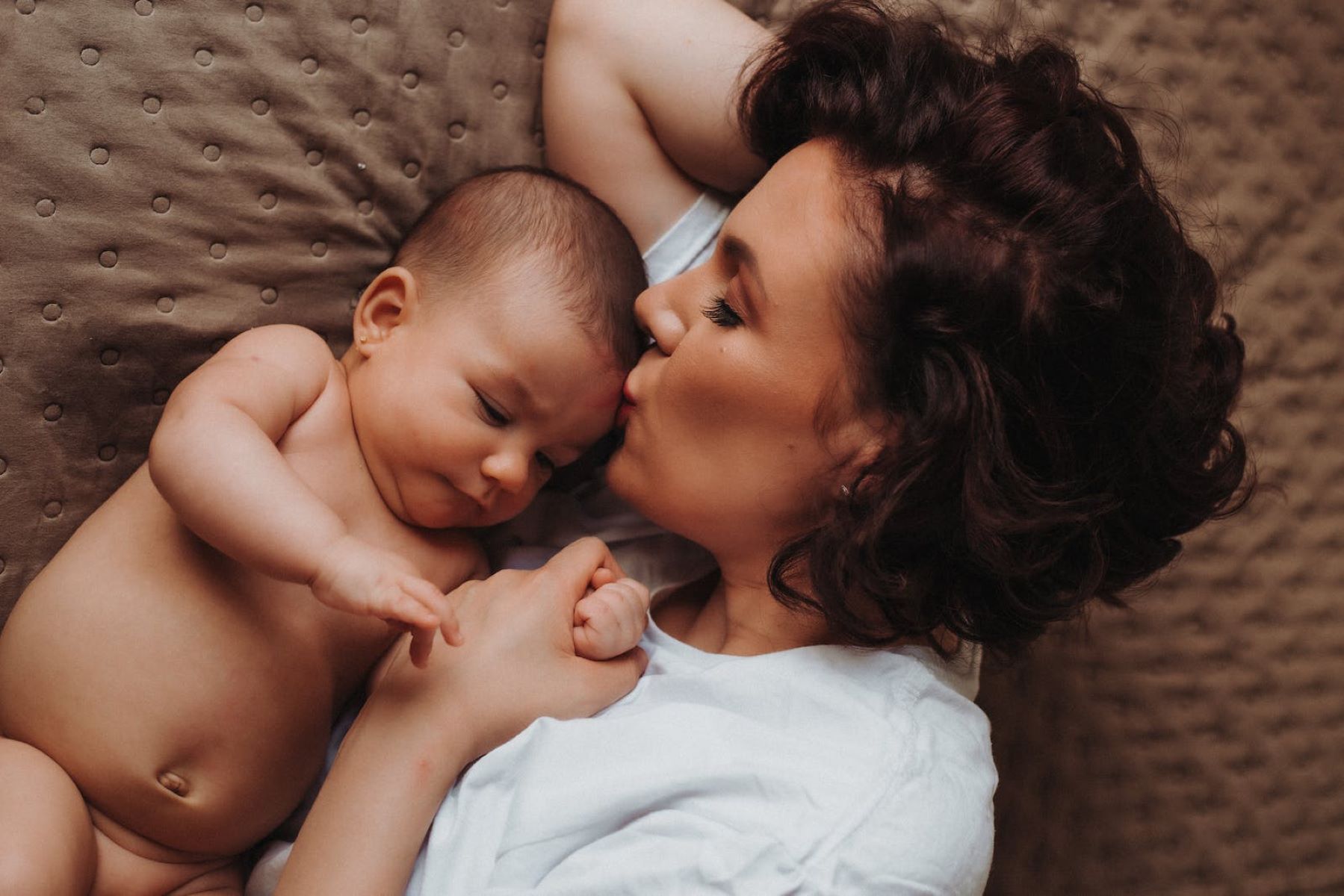
Fetal Minoxidil is a topic that often raises eyebrows and piques curiosity. This powerful medication, primarily known for treating hair loss and high blood pressure, has a fascinating backstory and a range of effects. But what exactly is it? Fetal Minoxidil refers to the impact of Minoxidil on fetal development when used during pregnancy. Understanding its effects is crucial for expecting mothers and healthcare providers. This blog post dives into 30 intriguing facts about Fetal Minoxidil, shedding light on its history, uses, and potential risks. Whether you're a medical professional or just curious, these facts will provide valuable insights into this complex subject.
Key Takeaways:
- Fetal Minoxidil combines a hair growth treatment with fetal development. Pregnant women should consult healthcare providers before using Minoxidil due to potential risks to the developing fetus.
- Pregnant women seeking hair growth solutions can explore natural remedies, prenatal vitamins, dietary changes, stress management, and gentle hair care as safer alternatives to Minoxidil.
What is Fetal Minoxidil?
Fetal Minoxidil is a topic that piques curiosity. It's a term that combines the well-known hair growth treatment, Minoxidil, with the developmental stage of a fetus. Understanding this concept involves diving into both medical and biological aspects.
- Minoxidil is primarily used to treat hair loss and is available over the counter in many countries.
- Fetal development refers to the stages a fetus goes through from conception to birth.
- Minoxidil's mechanism involves widening blood vessels, which can improve blood flow to hair follicles.
- Safety during pregnancy is a concern with any medication, including Minoxidil.
- Research on Minoxidil and its effects on fetal development is limited but crucial for understanding potential risks.
How Minoxidil Works
Minoxidil's primary function is to stimulate hair growth. It does this by affecting the hair follicles and blood vessels in the scalp.
- Hair follicles are the small structures in the skin from which hair grows.
- Blood vessel dilation caused by Minoxidil helps increase blood flow to the scalp.
- Cellular activity in hair follicles is boosted by Minoxidil, promoting hair growth.
- Topical application is the most common way to use Minoxidil, typically applied directly to the scalp.
- Side effects can include scalp irritation and unwanted facial hair growth.
Fetal Development Stages
Understanding fetal development helps in grasping how any substance, including Minoxidil, might affect a fetus.
- First trimester is the initial 12 weeks of pregnancy, a critical period for organ development.
- Second trimester spans from week 13 to week 26, where growth and development continue.
- Third trimester is the final stage, from week 27 to birth, focusing on maturation and weight gain.
- Placental barrier is a protective layer that filters substances between the mother and fetus.
- Teratogens are substances that can cause birth defects, and their effects depend on the stage of fetal development.
Potential Risks of Minoxidil During Pregnancy
Using Minoxidil during pregnancy raises questions about its safety and potential risks to the developing fetus.
- Absorption through skin means that Minoxidil can enter the bloodstream and potentially reach the fetus.
- Animal studies have shown mixed results regarding Minoxidil's safety during pregnancy.
- Human studies are limited, making it difficult to draw definitive conclusions.
- FDA classification places Minoxidil in Category C, indicating potential risks that need more research.
- Consulting healthcare providers is essential for pregnant women considering Minoxidil use.
Alternatives to Minoxidil for Pregnant Women
Pregnant women looking for hair growth solutions might consider alternatives to Minoxidil.
- Natural remedies like essential oils and scalp massages can promote hair health.
- Prenatal vitamins often contain nutrients that support hair growth, such as biotin and folic acid.
- Dietary changes to include more protein, iron, and omega-3 fatty acids can benefit hair.
- Stress management techniques like yoga and meditation can reduce hair loss caused by stress.
- Gentle hair care practices, such as avoiding harsh chemicals and heat styling, can help maintain hair health.
Conclusion
Understanding Fetal Minoxidil involves exploring both the properties of Minoxidil and the stages of fetal development. While Minoxidil is effective for hair growth, its use during pregnancy requires careful consideration and consultation with healthcare providers.
- Minoxidil's effectiveness in treating hair loss is well-documented.
- Fetal development is a complex process that can be influenced by various substances.
- Safety concerns about Minoxidil during pregnancy highlight the need for more research.
- Healthcare consultation is crucial for pregnant women considering any medication.
- Alternative solutions for hair growth during pregnancy can provide safer options.
Final Thoughts on Fetal Minoxidil
Fetal Minoxidil, a fascinating topic, reveals much about medical advancements. This compound, primarily known for treating hair loss, has intriguing potential in fetal development. Researchers are still uncovering its full effects, but early studies show promise. Understanding how it works can lead to breakthroughs in prenatal care and treatments.
While much remains to be learned, the current knowledge offers hope. Scientists continue to explore its benefits and risks, aiming to harness its potential safely. As research progresses, we may see new applications that improve health outcomes for both mothers and babies.
Staying informed about such developments is crucial. It helps us appreciate the complexities of medical science and the continuous efforts to enhance human health. Keep an eye on future studies, as they will undoubtedly bring more insights into the fascinating world of Fetal Minoxidil.
Frequently Asked Questions
Was this page helpful?
Our commitment to delivering trustworthy and engaging content is at the heart of what we do. Each fact on our site is contributed by real users like you, bringing a wealth of diverse insights and information. To ensure the highest standards of accuracy and reliability, our dedicated editors meticulously review each submission. This process guarantees that the facts we share are not only fascinating but also credible. Trust in our commitment to quality and authenticity as you explore and learn with us.


